THE RIGHT TO HAVE FREEDOM OF EXPRESSION
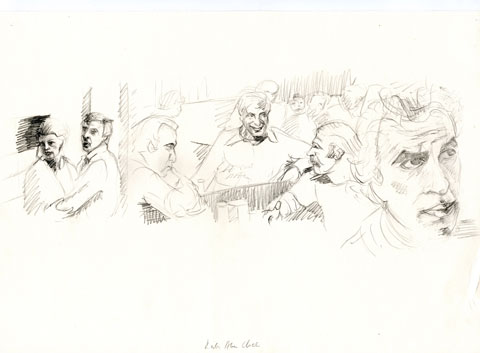
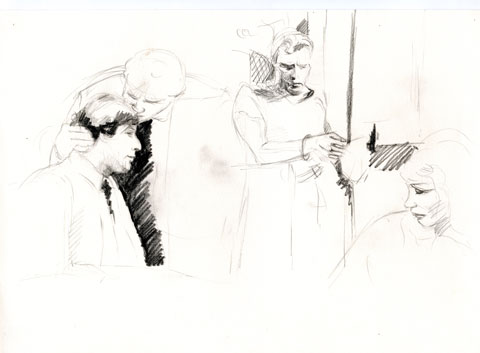
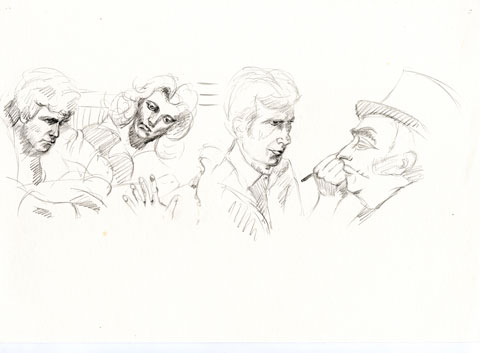
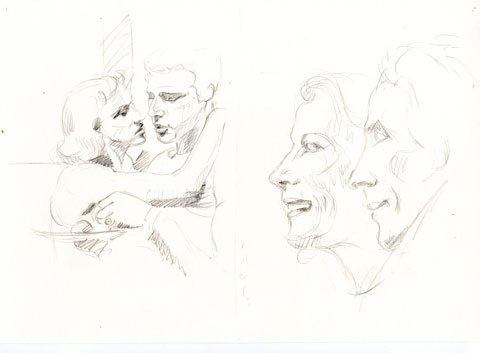
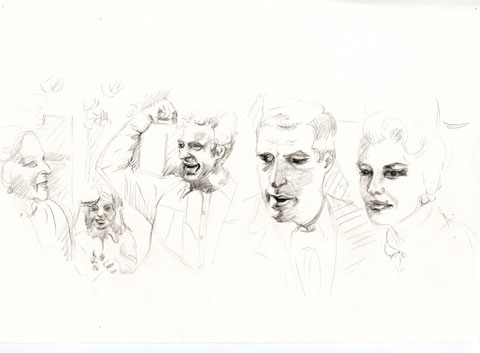
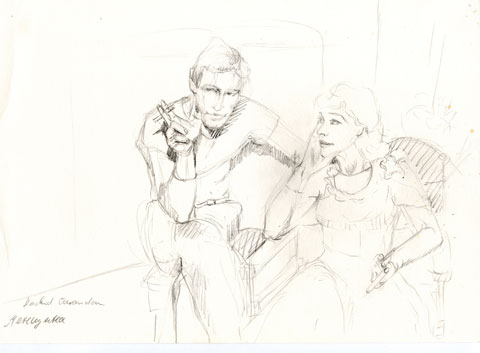 “The face is an extraordinary accurate tool – as far as I know it has a hundredandfiftyfive muscles. With their interaction a lot can be concealed; and people always hide their feelings.”, Marlon Brando is writing in Songs My Mother Taught Me, 1994.In my drawings – a series in process of about 300 parts until today – I am exploring the human expression. One of the Starting points of my drawings are stills and set photography of John Cassavetes’ films, as well as private shootings of his environments – performances influence authentic feelings and vice versa.In his films John Cassavetes is inquiring into human relations and the actors have freedom to express their own feelings. Seymor Cassel, who is an actor in Cassavetes’ films of many years, describes his experience with the director as, “The right to have freedom of expression” – a sentence that I used as the title of my work. With his work, Cassel says, Cassavetes reminds us that each of us is a marvelous and unique being.Through drawing I am observing human expressions such as sorrow, rage, despair, joy, tediousness, loneliness, attending, making faces, explaining, resting, being amazed, being together, approaching, keeping one‘s distance, reflecting, being confident, being suspicious, enjoying together, agreeing, looking for nearness, making a fool of oneself, being ashamed and endless other different feelings.In my environment I am observing a retreat of ways of expression. Almost every part of everyday life has been professionalized in a way that does scarcely allow to make faults, be weak, make a fool of oneself or try things out.
“The face is an extraordinary accurate tool – as far as I know it has a hundredandfiftyfive muscles. With their interaction a lot can be concealed; and people always hide their feelings.”, Marlon Brando is writing in Songs My Mother Taught Me, 1994.In my drawings – a series in process of about 300 parts until today – I am exploring the human expression. One of the Starting points of my drawings are stills and set photography of John Cassavetes’ films, as well as private shootings of his environments – performances influence authentic feelings and vice versa.In his films John Cassavetes is inquiring into human relations and the actors have freedom to express their own feelings. Seymor Cassel, who is an actor in Cassavetes’ films of many years, describes his experience with the director as, “The right to have freedom of expression” – a sentence that I used as the title of my work. With his work, Cassel says, Cassavetes reminds us that each of us is a marvelous and unique being.Through drawing I am observing human expressions such as sorrow, rage, despair, joy, tediousness, loneliness, attending, making faces, explaining, resting, being amazed, being together, approaching, keeping one‘s distance, reflecting, being confident, being suspicious, enjoying together, agreeing, looking for nearness, making a fool of oneself, being ashamed and endless other different feelings.In my environment I am observing a retreat of ways of expression. Almost every part of everyday life has been professionalized in a way that does scarcely allow to make faults, be weak, make a fool of oneself or try things out.